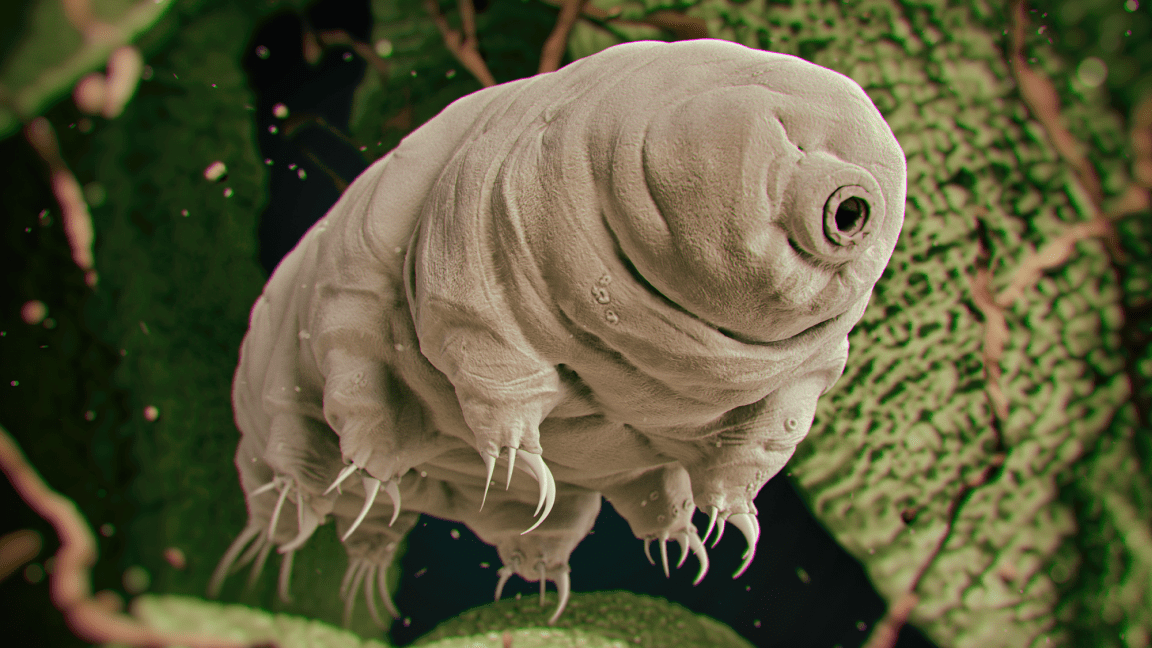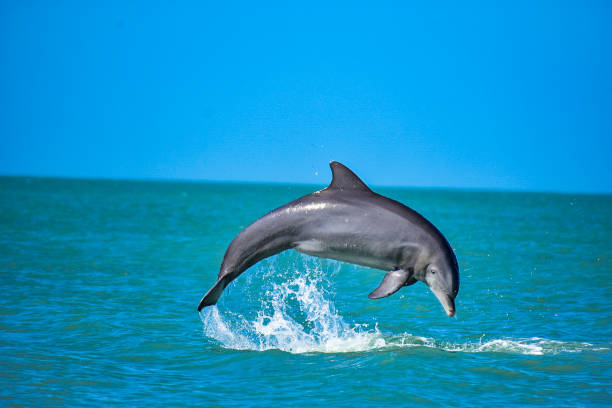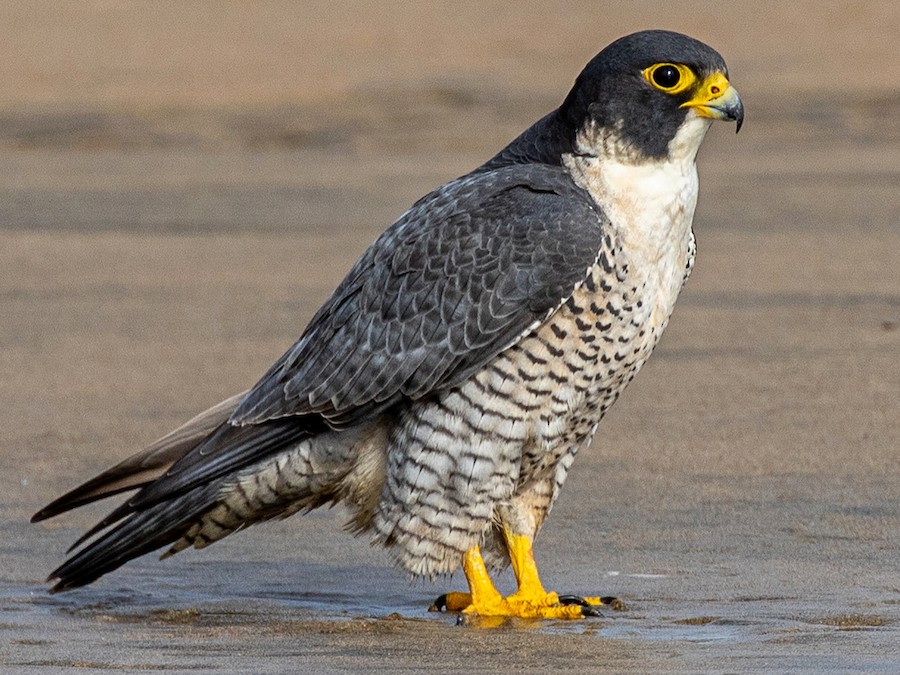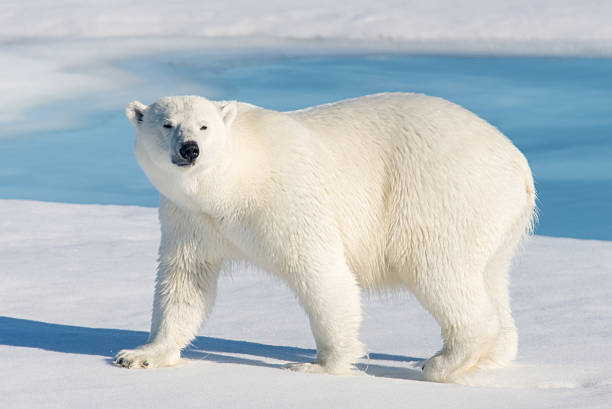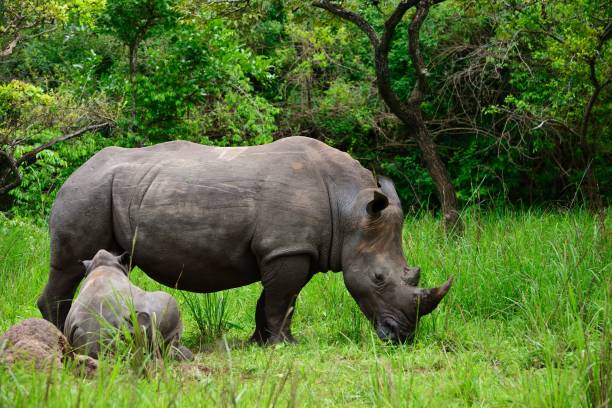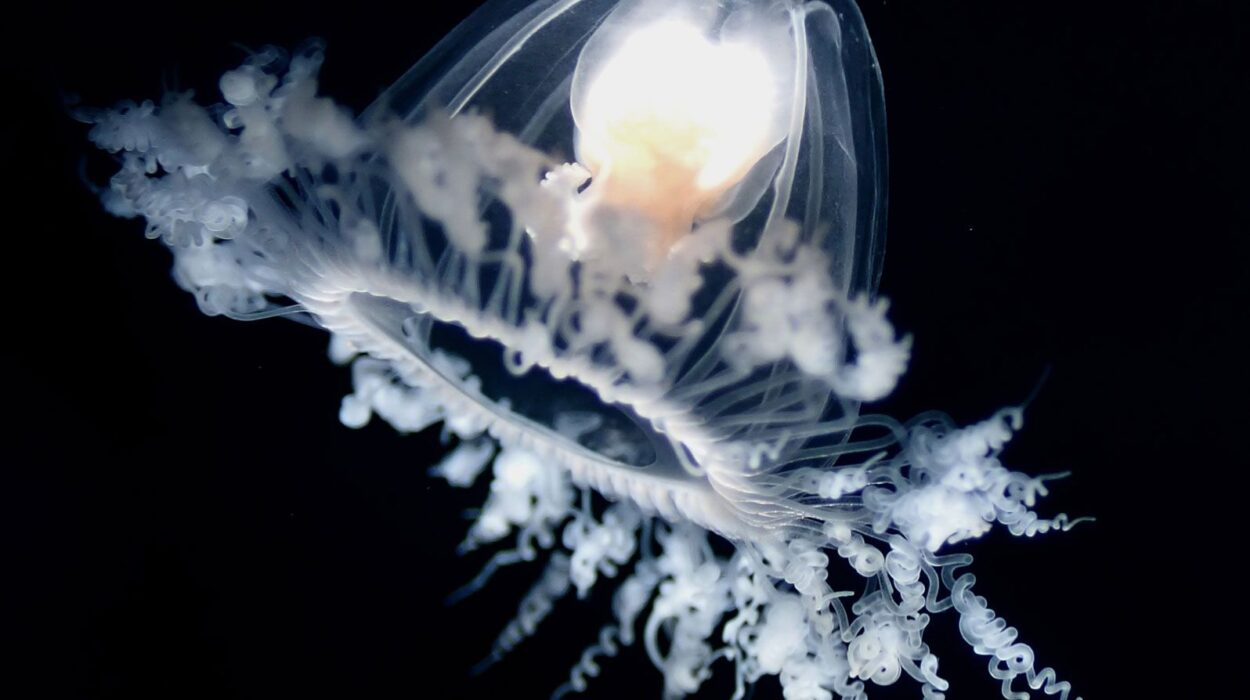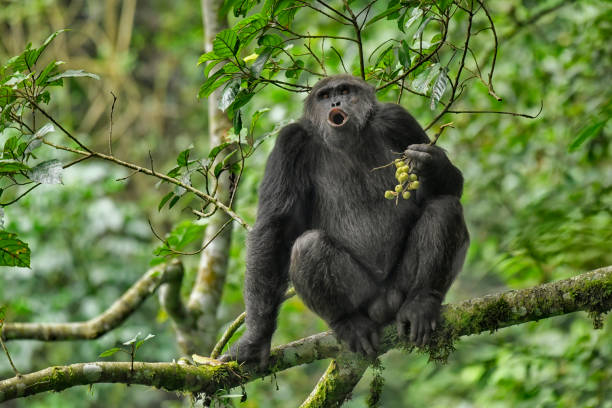Life has an extraordinary way of enduring. From the frozen wastelands of Antarctica to the crushing depths of the ocean, from scorching deserts to radioactive ruins, nature has proven again and again that existence will find a way. The creatures that thrive in these extremes are not just survivors—they are living testaments to life’s unyielding will to persist.
Resilience in nature is not merely strength; it’s adaptability, ingenuity, and an almost poetic defiance of the impossible. These creatures have evolved biological marvels that allow them to flourish where others perish. Their bodies resist radiation, starvation, pressure, and heat. Some can even pause their lives entirely, waiting for centuries to awaken again when conditions are right.
This is the story of the ten most resilient creatures on Earth—warriors of evolution, teachers of endurance, and reminders that survival is often an art of transformation.
1. Tardigrade – The Immortal Microscopic Marvel
At the top of any list of resilient creatures must stand the tardigrade, affectionately known as the water bear. Barely half a millimeter long, this microscopic animal is one of the most indestructible beings ever discovered.
Tardigrades can survive the vacuum of space, temperatures from near absolute zero to over 150°C (302°F), pressures greater than those in the deepest ocean trenches, and radiation doses that would annihilate a human in seconds. How do they do it? Through a biological miracle called cryptobiosis.
In cryptobiosis, the tardigrade loses almost all its water content and curls into a dry, dormant ball called a tun. In this state, its metabolism slows to less than 0.01% of normal activity. It can remain this way for decades, even centuries, and then spring back to life when rehydrated.
In 2007, scientists sent tardigrades into the vacuum of space aboard the European Space Agency’s FOTON-M3 mission. When they returned, most had survived exposure to cosmic radiation and extreme temperatures. These tiny astronauts proved that life’s resilience may extend far beyond Earth itself.
The tardigrade is more than a biological oddity—it’s a symbol of endurance, showing us that even the smallest forms of life can hold the greatest secrets of survival.
2. Cockroach – The Urban Survivor
Despised by many but admired by scientists, the cockroach is perhaps the ultimate survivor among larger life forms. For over 300 million years, cockroaches have scuttled through Earth’s changing landscapes, surviving mass extinctions, ice ages, and even human attempts to eradicate them.
Their resilience comes from both physical toughness and biological adaptability. Cockroaches can live for weeks without food and several days without their heads—thanks to a decentralized nervous system that allows their body to keep functioning. They breathe through tiny holes in their exoskeleton, not through their heads, and their simple circulatory system keeps their tissues alive even when severely damaged.
Cockroaches can withstand radiation levels several times higher than humans and reproduce prolifically, ensuring their continued survival in even the harshest environments.
They are scavengers, opportunists, and evolutionary masters of persistence. If the world ever faced another catastrophic event, odds are good that somewhere, in the shadows, a cockroach would still be alive—unbothered, unstoppable, and waiting for the next age to begin.
3. Antarctic Icefish – The Creature with Antifreeze Blood
Deep beneath the frozen waters of Antarctica swims a ghostly being unlike any other: the Antarctic icefish. Transparent, cold, and eerily beautiful, this creature thrives where temperatures plunge below the freezing point of fresh water.
Unlike most fish, the icefish’s blood contains no hemoglobin—the molecule that carries oxygen. Instead, it relies on oxygen dissolved directly in the plasma, a feat made possible by the icy waters’ oxygen-rich environment. To prevent its blood and bodily fluids from freezing, it produces antifreeze glycoproteins, unique molecules that stop ice crystals from forming inside its tissues.
Its heart is enormous relative to its body size, pumping this oxygenated plasma through a system perfectly adapted to the frigid Southern Ocean.
The Antarctic icefish has turned one of the most hostile habitats on Earth into its safe haven, demonstrating nature’s extraordinary power to adapt. Where others freeze solid, it glides gracefully through a realm of eternal cold.
4. Wood Frog – The Amphibian That Freezes to Death and Lives Again
Every winter across the forests of North America, millions of small creatures slip into hibernation. But the wood frog does something almost unimaginable—it freezes solid.
When temperatures drop, the wood frog’s body begins to shut down. Its heart stops beating, its lungs cease to function, and ice crystals form in its body cavity. To protect its cells from destruction, the frog floods its system with glucose, which acts like a natural antifreeze.
In this frozen state, the frog is technically dead. Yet when spring arrives and temperatures rise, it thaws, breathes again, and hops away as though nothing happened.
Scientists have studied the wood frog extensively, hoping to unlock medical secrets about cryopreservation and organ transplants. Its ability to survive complete freezing could one day help humans extend the lifespan of organs or even preserve life in space travel.
The wood frog embodies a paradox of life and death, a frozen miracle that awakens with the promise of spring.
5. Pompeii Worm – The Heat-Proof Pioneer of the Deep
Far below the ocean’s surface, where sunlight never reaches, lies a world of fire and darkness. Around hydrothermal vents that spew water hotter than boiling, the Pompeii worm has made its home.
These worms live on the edges of deep-sea vents, where temperatures can exceed 80°C (176°F). They thrive in an environment that would cook most animals alive. Their secret? A partnership with bacteria that coat their bodies in a gray, fuzzy layer.
These bacteria form a protective shield that insulates the worm from extreme heat and toxic chemicals. In return, the worm provides nutrients for the bacteria. This symbiosis allows both to survive in one of the harshest places on Earth.
The Pompeii worm’s endurance is not just physical—it’s evolutionary genius. It turns lethal heat into a life-giving force, proving that cooperation, not just toughness, can be a path to resilience.
6. Naked Mole Rat – The Mammal That Defies Aging and Pain
Beneath the dry soils of East Africa lives an animal that seems to have broken the rules of biology—the naked mole rat. With wrinkled skin, tiny eyes, and a social structure more like ants than mammals, this creature may not look like much. Yet it is one of the most extraordinary survivors on Earth.
Naked mole rats can live up to 30 years—an astonishing lifespan for such a small rodent. They are highly resistant to cancer, capable of surviving with extremely low oxygen levels, and almost completely insensitive to pain caused by acid or heat.
Their resilience stems from unique genetic adaptations. Their cells are unusually stable, producing a substance called hyaluronan, which prevents tumor formation. When deprived of oxygen, they switch to a metabolic process similar to plants, using fructose instead of glucose for energy.
In their underground colonies, ruled by a single queen, they thrive where most mammals could never endure. Naked mole rats challenge our understanding of what it means to age, suffer, or even die. They are not just survivors—they are biological rebels against the limits of life.
7. Deinococcus Radiodurans – The Radiation-Proof Bacterium
If there were ever a microbe fit to colonize Mars, it would be Deinococcus radiodurans. Known as “Conan the Bacterium,” it is the most radiation-resistant organism known to science.
Discovered in the 1950s during experiments on food sterilization, this microbe astonished scientists by surviving radiation doses thousands of times higher than what would kill a human. It can also endure desiccation, cold, vacuum, and acid.
Its secret lies in its DNA repair mechanisms. When exposed to radiation, its genetic material shatters into hundreds of fragments. But within hours, the bacterium reassembles its genome flawlessly, thanks to extraordinary molecular machinery.
Deinococcus radiodurans has even been used in experiments simulating Martian conditions—and survived. It could one day help humanity clean up radioactive waste or pave the way for microbial life-support systems on other planets.
This tiny organism embodies the unyielding persistence of life—proof that even at the atomic level, nature refuses to surrender.
8. Camel – The Desert’s Living Oasis
Under the burning sun, across endless dunes of scorching sand, strides one of the most resilient creatures ever tamed by humans: the camel. For millennia, it has carried travelers through the deserts of Arabia and Africa, thriving where few other animals can.
Camels can survive weeks without water, losing up to 25% of their body weight through dehydration—something fatal to most animals. Their humps store fat, not water, providing energy reserves during long journeys. Their blood cells are oval, allowing smooth flow even when dehydrated.
When they finally find water, they can drink over 100 liters in ten minutes, rehydrating almost instantly. Their bodies conserve moisture meticulously—through dry feces, minimal sweating, and efficient metabolism.
They also withstand searing heat by tolerating high body temperatures without sweating, reducing water loss. Their thick eyelashes, closable nostrils, and padded feet protect them from sand and wind.
The camel is more than a beast of burden—it’s a master of endurance. It teaches us that resilience is not about brute force but elegant adaptation to scarcity and extremes.
9. Ocean Quahog – The Timeless Clam
In the frigid North Atlantic, hidden beneath layers of sand, lives a creature older than most human civilizations: the ocean quahog. Some individuals of this species, Arctica islandica, have lived for over 500 years.
The most famous of them, nicknamed “Ming” (after the Chinese dynasty it outlived), was discovered in 2006 and dated to 507 years old. These clams grow slowly, their metabolism finely tuned to the cold, stable environment of the deep sea.
Their secret lies in their extraordinary cellular maintenance. They produce fewer free radicals—harmful molecules that cause aging—and possess exceptional DNA repair mechanisms. Their tissues remain stable for centuries, preserving life in slow motion.
The ocean quahog reminds us that resilience can take many forms. Some survive by speed and strength, others by patience and stillness. To live half a millennium in silent endurance is a triumph of another kind—the quiet strength of timeless persistence.
10. Crocodile – The Ancient Predator That Time Forgot
Few creatures symbolize resilience as powerfully as the crocodile. Emerging more than 200 million years ago, crocodiles have survived mass extinctions that wiped out the dinosaurs. Today, they rule rivers and swamps across the tropics, virtually unchanged from their prehistoric ancestors.
Crocodiles owe their endurance to a combination of biological efficiency and adaptability. Their slow metabolism allows them to survive months without food. Their immune systems are incredibly robust, protecting them from infections that would kill most animals.
They can thrive in both freshwater and saltwater, and their hunting strategy is ancient but flawless—ambush, patience, precision. They bask in the sun to regulate body temperature, using every ounce of energy with ruthless efficiency.
Crocodiles are not just survivors—they are living fossils, embodiments of evolution’s perfection. They’ve endured the rise and fall of continents, the shifting of climates, and the emergence of humankind. Through it all, they’ve remained powerful, watchful, and eternal.
The Symphony of Survival
Each of these creatures tells a story of persistence written in DNA, shaped by hardship, and refined by time. From the microscopic tardigrade to the colossal crocodile, they share one universal truth: life adapts. It endures. It transforms to meet the challenges of existence.
Resilience is not just a trait—it is nature’s greatest masterpiece. It appears in every icy breath, every beating heart, every frozen frog that awakens with the thaw.
In a world facing its own trials—climate change, extinction, uncertainty—we can learn from these unbreakable beings. They remind us that survival is not the absence of struggle but the mastery of it.
Life is relentless, defiant, and beautiful in its resilience. And as long as even the smallest creature endures, the story of life continues—undaunted, unending, and ever-evolving.
